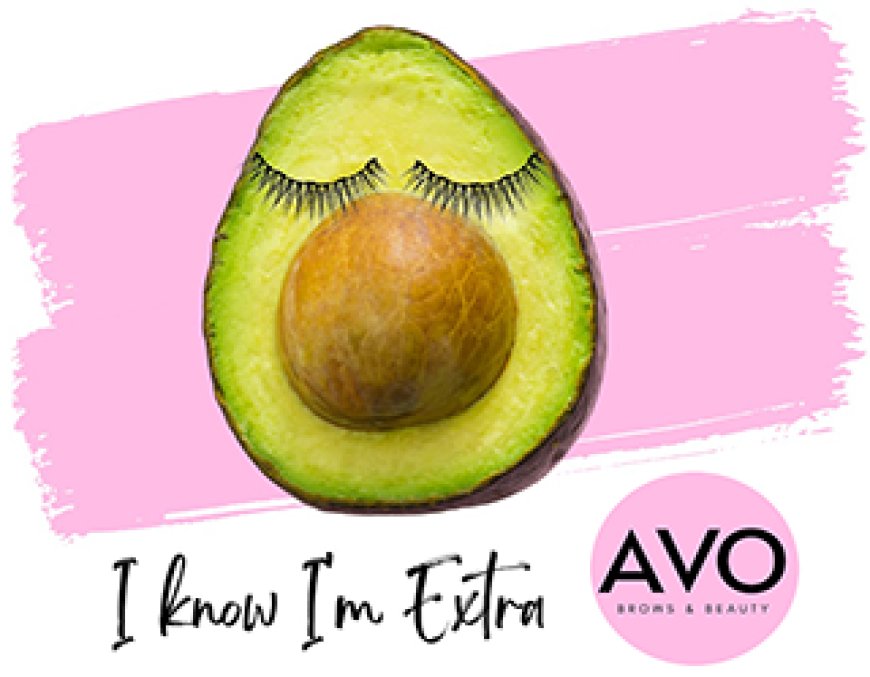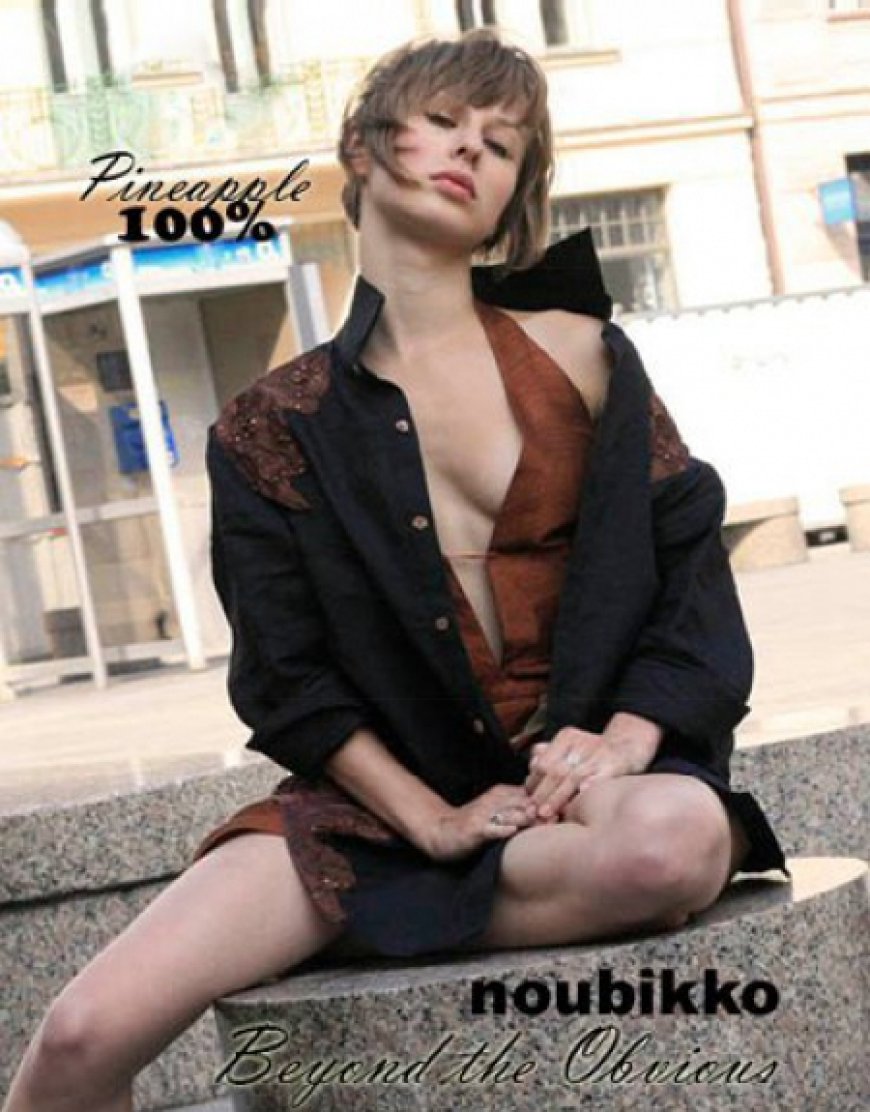Harlem Was No Longer the Same After This Dinner Party
U.S.|Harlem Was No Longer the Same After This Dinner Party https://www.nytimes.com/2024/04/05/us/harlem-renaissance-anniversary.html U.S. World Business Arts Lifestyle Opinion Audio Games Cooking Wirecutter The Athletic You have a preview view of this article while we are checking your access. When we have confirmed access, the full article content will load. Race/Related Harlem was synonymous with the arts. […]


U.S.|Harlem Was No Longer the Same After This Dinner Party
https://www.nytimes.com/2024/04/05/us/harlem-renaissance-anniversary.html
You have a preview view of this article while we are checking your access. When we have confirmed access, the full article content will load.
Race/Related
Harlem was synonymous with the arts. But what I didn’t know was how that had come to be.
Image

This article is also a weekly newsletter. Sign up for Race/Related here.
As a kid growing up in Brooklyn, Harlem always seemed like a magical place. I learned about the Studio Museum in Harlem and artists like Alma Thomas and Romare Bearden. Langston Hughes’s poems were featured on posters in my local library, and everybody knew Duke Ellington because of his signature tune, “Take the A Train,” written by Billy Strayhorn. There were the Apollo Theater, where Ella Fitzgerald first sang, and dance troupes like the Alvin Ailey American Dance Theater and Dance Theater of Harlem. Harlem was synonymous with the arts. But what I didn’t know was how that had come to be.
My senior thesis in college was on the dinner party that launched the Harlem Renaissance. It was amazing to me that a group of creative giants had prioritized art to serve as a case study in marrying talent to opportunity. The people I knew often said that art could make a difference, but the Harlem Renaissance showed me it was truly possible. In the early 1920s, Black Americans were excluded from many of the fields in which other Americans were building bases of power and generational wealth: from the unions to Wall Street and Congress. But as the historian David Levering Lewis noted, “no exclusionary rules had been laid down regarding a place in the arts. Here was a small crack in the wall of racism, a fissure that was worth trying to widen.”
So on March 21, 1924, two Black academics, Alain Locke and Charles S. Johnson, invited more than 100 guests to the Civic Club in Manhattan with a grand plan to give young Black artists a shot at the kinds of opportunities they’d rarely had before: book deals with major publishing houses, their artwork on display in museums, their songs on radio and Broadway rotation. The party was, as we wrote about it recently in the Times, a major success. In the decade afterward, more than 40 major works by Black Americans were published. Levering Lewis wrote in When Harlem was in Vogue that no more than five Black American writers published significant books between 1908 and 1923.
Image
What we know now, and what we’ll keep exploring in this series about the 100th anniversary of the Harlem Renaissance, is how that kind of creativity and hope can take on an astonishing velocity. From the inimitable voice of the writer Zora Neale Hurston and the painted murals of Aaron Douglas to the song stylings of Louis Armstrong, Harlem was forever changed after the Civic Club dinner. Wallace Thurman, a poet who lived in Harlem during the Renaissance, noted that the neighborhood had become “almost a Negro Greenwich Village. Every other person you meet is writing a novel, a poem or a drama.”















